I am so incredibly pleased to share an interview with Kim Guzman today. As a lover of Tunisian crochet and a member of the very active Yahoo group that she co-moderates with Angela “ARNie” Grabowski, I’ve been a big fan of Kim’s work for years. (Kim also does a lot of “regular” crochet design, too.)
Kim is incredibly prolific as a designer, author, and teacher, and always seems to me to be the hardest working woman in show (er, um, yarn) business. Yet if you are active on Facebook, Ravelry, or almost any other social network where crochet is being discussed, you have probably interacted with Kim, who is very generous about sharing tips, advice, and her knowledge of crochet.

You can find Kim online through her main website, Make It Crochet, and on Etsy, Facebook, Pinterest, Twitter, and on Ravelry (as crochetkim and on her designer page). All pictures are used with Kim’s permission and, unless otherwise noted, are copyright Kim Guzman. (This post was updated in 2023 to include links to Kim’s most updated website and online profiles.)
Underground Crafter (UC): How did you first get started crocheting?
Kim: When I was about 9 years’ old, my parents joined the Army together. During their basic training, my sister and I stayed with my grandparents. It was quite a long stay with grandparents and I believe that she taught us to crochet just to give us something to do while away from home. She started us off with granny squares and I learned from verbal instruction only. It wasn’t until I was about 18 years old that I purchased my first patterns. I wasn’t even aware of patterns and had been designing my own for all that time.
UC: When were you first introduced to Tunisian crochet, and how did you come to work with it so often?
Kim: In about 2000, Darla Fanton had turned the crochet world on its ears with her double-ended Tunisian crochet designs. She did a lot of books, but the publishers wanted more. Annie’s Attic sent me some double-ended hooks and asked me to try my hand at double-ended Tunisian. I had never done it before, but I immediately set to work. My double-ended designs weren’t accepted. I found that I preferred the look of regular one-sided Tunisian and I had three books commissioned within six months.
UC: What inspired you to start designing?
Kim: I have been designing since I learned to crochet. It was at least 10 years of crocheting before I sat down with a pattern and taught myself how to read it. Not knowing about patterns was the key to my “no fear” attitude toward design. My grandmother’s doilies inspired me to design my own when I was only 10 years’ old.
UC: Where do you generally find your creative inspiration?
Kim: My creative inspiration is usually in the yarn itself. I bond with a yarn for awhile by swatching with it. When I come up with a stitch pattern and drape that I find pleasing, I bond with it awhile until it tells me what it wants to be. While I do browse the internet and catalogs for trendy clothing, I don’t usually have the ability to see something in fabric and be able to translate their shapes into crochet. Well, I take that back. I don’t usually find myself doing that. But, publishers will sometimes choose a photo of something in a pleasing shape and then ask that I translate that shape or construction into crochet. It’s design-on-demand. I never feel like my design-on-demand work is very good. It doesn’t come from the heart.
UC: Your four latest books, Ultimate Beginner’s Guide to Tunisian Crochet, Tunisian Cables to Crochet, Short Row Tunisian Fashion, and the forthcoming Tunisian Crochet Stitch Guide, all focus on Tunisian crochet. What was the design process like for these books?
Kim: You act as if I’m organized. ha! I am the furthest thing from organized.
For the Beginner’s Guide, I thought about yarns and projects. I thought about beginner projects and intermediate projects. And, I just started crocheting and writing. I put every little trick I know about Tunisian crochet in that book. It includes things normally not found in Tunisian crochet books like seaming horizontally or vertically, how to change colors, how to work with a lot of colors, step-by-step on how to felt projects and so much more. Everything that I had seen over the years which I had seen caused some questions. Even how to work with a self-striping yarn so that wide pieces of the body of a garment match the same sort of striping in the upper pieces around the arms and neck is included. It was the very first time I was given full control over what went into the book and I went all out. (UC comment: I highly recommend this book for Tunisian crochet newbies! You can read my review on the Crochet Guild of America’s blog here. Ravelry members can see all the projects from this book here.)
For the Cables book, I did it right after I finished my Tunisian Crochet Stitch Guide. (UC note: This book is expected to be published in March.) When I was working on the stitch guide, I did a swatch of a cable, then I did another, and another. I had about 10 cables in next to no time. I wanted to somehow keep the cables together, but I had already done the required number of stitch patterns for the Stitch Guide (65). This would have put me over the expected number by ten, so I decided to pull those cable stitch patterns from my proposed stitch patterns and create a separate book. Since the cables required special instruction, I didn’t want to put them in a book with only charted stitch patterns. I wanted them to have a further instruction. (UC comment: Ravelry members can see all the projects from this book here.)
In Short Row Tunisian Fashion, which is currently available in hard copy and download, I have six projects which use the short row technique in Tunisian. But, the real surprise is the crescent wrap which includes a pineapple stitch pattern. No, not a regular crochet pineapple stitch pattern. It’s Tunisian crochet from start to finish. I believe it to be the first ever published pineapple stitch pattern in Tunisian crochet. (UC comment: Ravelry members can see all the projects from this book here.)
Then, in March, my new Stitch Guide will be available. It’s already available on Amazon for pre-order. I’ve never done a full stitch pattern book before. But, I’m especially pleased with it because, although there are some classic Tunisian crochet stitch patterns, most of them are completely out of my head. I wanted a charted book and this book really challenged me because I had to draw out all the symbols myself. But, it was well worth it and I feel that this book is my biggest contribution to crochet yet.
UC: You’ve had a variety of roles in the crochet industry, including designer, writer, teacher, and social networker/community builder. What advice do you have for aspiring professionals?
Kim: I think the sweetheart, Margaret Hubert, put it best: “Don’t quit your day job.” While I have somehow been able to do these wonderful things as my career, as a single mother, it has been tough! There isn’t a lot of money in it. Most times, we’re just barely surviving and we’ve had to make numerous sacrifices. But, I wouldn’t trade it for anything. I’ve been able to stay at home with my kids and do a job that I love. I can’t think of a better way to go through life.
UC: What are your favorite crochet books in your collection (besides your own, of course)?
Kim: I am especially fond of the Japanese stitch pattern books. They have spent more time with me on the couch than in the book shelf.
UC: Do you have any crafty blogs or websites to share?
Kim: Well, I’m just going to look at my computer and see what websites I always have up there.
- Yahoo Mail. Yep, always there.
- Yahoo Groups. I’m a moderator of the Tunisian Crochet group, so I always have that up.
- Facebook. Seriously, I think I would go into withdrawals if I didn’t have my Facebook peeps. 😉
- Crochetville. Staying on top of the students’ questions for my classes and responding to any pattern questions asked in the forums.
- Annie’s. Also, staying on top of the students’ questions. I like to respond to questions immediately. I respond as quickly as I possibly can. If I was doing a project, and I had a question, it would really be bothersome to have to set it down and wait for a week to get a response. Sometimes, it can’t be helped, but I really do my best to get to questions immediately.
- Pinterest. Oh, the crochet pretties!
- Tweetdeck: I like to stalk my friends. 🙂

UC: You’ve been teaching online for years. Tell me about your experiences as an online teacher.
Kim: I prefer teaching online over teaching in live venues. Like I said, I’m a single mother. I have a small child. I want to stay home with him and I don’t want to leave him for a week at a time. Online teaching allows me to stay at home with him. But, it’s more than that. Online teaching gives me the opportunity to give well-thought-out answers to my students. And, I don’t walk out suddenly remembering that I forgot to teach something.
I have been teaching online for over 10 years. I’ve been teaching project classes, but I’ve just started adding some design classes to the mix which will begin in February at Crochetville.
Thank you for stopping by, Kim, and sharing your answers with us!


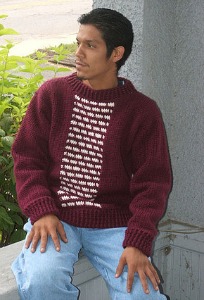
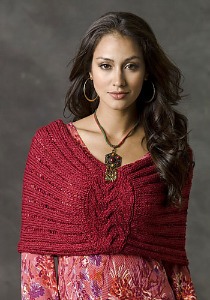

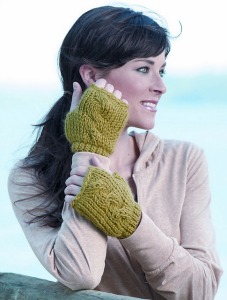

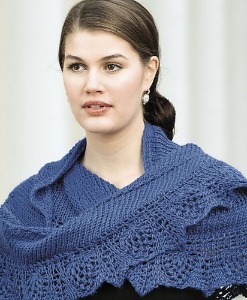
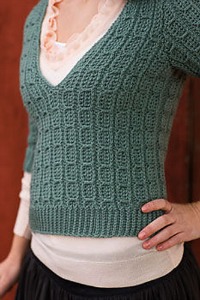
1 thought on “Interview with Kim Guzman, a.k.a. CrochetKim”